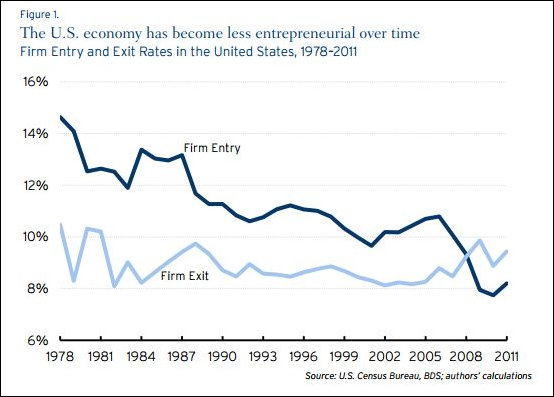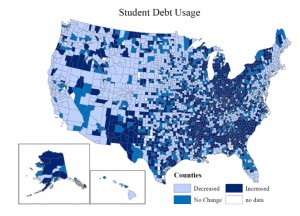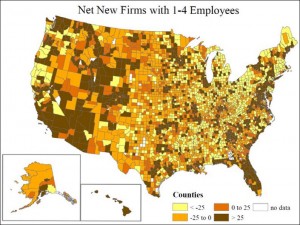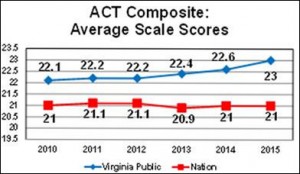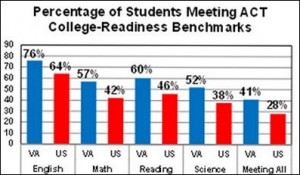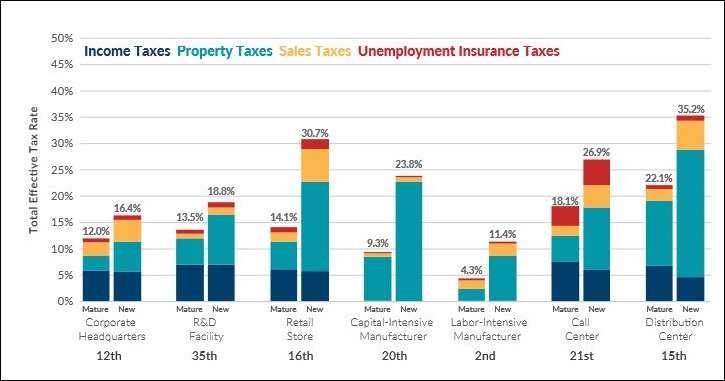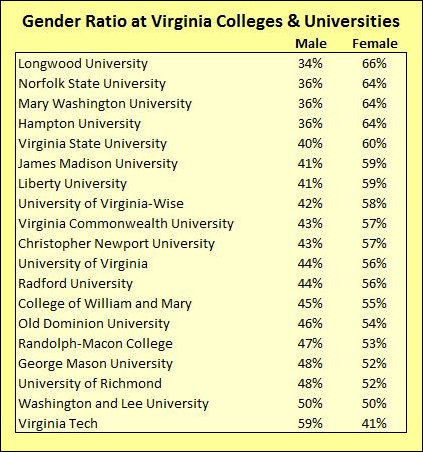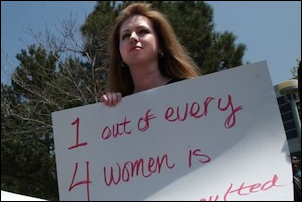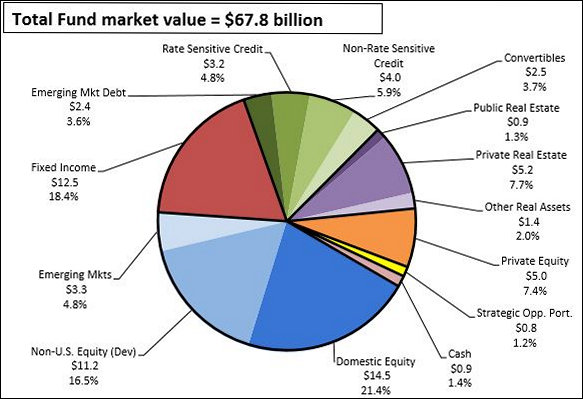by James A. Bacon
In 2009 Virginia enacted a law providing for the re-regulation of the electric power industry. There was a flurry of publicity surrounding the legislative process, then the media promptly forgot about it. Only with the sweeping mandates of the Environmental Protection Agency, which is compelling a massive re-engineering of Virginia’s electric power system, have reporters started to pay attention to how rates are set.
This morning John Ramsey with the Richmond Times-Dispatch highlighted the increasing importance of rate “riders,” also known as Rate Adjustment Clauses or RACs, in determining the rates electric consumers pay to Dominion Virginia Power, Appalachian Power Co., and local electric cooperatives. These clauses now account for nearly 9% of a Dominion customer’s monthly bill, he writes. And, I would add, they likely will account for a higher percentage in the future.
Your electric bill reflects three main components: the base rate, fuel costs, and riders. The base rate reflects the overall cost of operating the power company, excluding fuel costs. Fuel costs vary with market conditions; higher and lower costs are designed to flow through to rate payers. Riders cover new projects, most notably new power plants but also such initiatives as the hardening of the electric grid against threats like terrorism and sabotage.
Electric companies must submit these Rate Adjustment Clauses to the State Corporation Commission for approval. The SCC is not a rubber stamp. The commission recently rejected a Dominion propose to bury its most vulnerable power lines to reduce the incidence of power outages during bad weather. (Boo! As one whose power goes out frequently, and for long periods of time, I thought it was a great idea.)
To understand how Virginia’s power companies respond to the challenge of EPA-mandated reductions in toxic emissions and CO2 emissions, it is critical to understand the incentives created by the rate structure. Writes Ramsey:
Although [Dominion’s] base rates provide for a regulated rate of return up to about 10 percent, the riders guarantee a 10 percent return. With the base rate frozen [under legislation enacted this year], new riders offer Dominion Virginia Power an opportunity to increase its profitability.
Dominion says the arrangement allows the company to recoup its investment in smaller chunks as it builds new plants, instead of waiting until construction is complete and hitting customers with bigger increases. It also allows for easier, and presumably cheaper, financing, which also benefits customers.
But Glen Besa, director of the Virginia chapter of the Sierra Club, says that Virginians will continue to see rate increases despite the freeze in the “base” rate. “We kept trying to tell the legislature that [freezing base rates] didn’t set a ceiling. It set a floor.”
Ramsey also quotes Albert Carr, who teaches a course in utility regulations at the Washington and Lee University law school, who thinks the riders make sense. “Going the rider route will give the regulator a much clearer focus on what amounts to additions to those base rates,” he says. “It eliminates some of the problems we’ve had in the past with regulation. You don’t have to take the whole car apart to fix the window.”
I’m not sure how well anyone outside of the SCC, the power companies, and a handful of utility and environmentalist lawyers really understand how Virginia’s electric rates work. Consumers certainly don’t. I don’t. I know a lot more than I did three months ago, but I’m still moving up the learning curve.
Even more opaque is how the structure for setting electric rates guides corporate strategy for building gas-fired and renewable power facilities, constructing new transmission lines, and purchasing power from the regional PJM grid. As a generality, power companies will steer capital investment to projects that provide the highest risk-adjusted rate of return. Does Virginia’s current rate structure bias utility investment in certain types of projects over others? I’m trying to figure that out.




